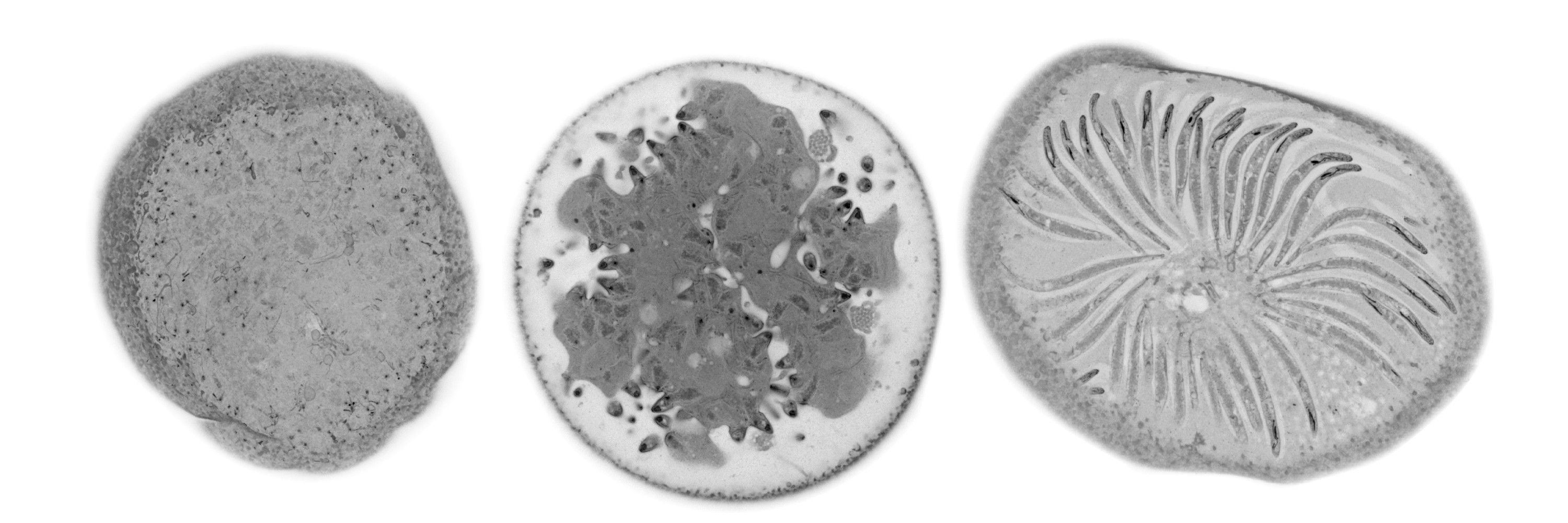
Future Making Fellow @ The University of Adelaide🦠.
Studying parasite cell biology using microscopy🔬🦟🧫.
We currently have two PhD scholarships between Danny Wilson and myself
We are a supportive, productive, and inclusive research group studying parasite cell biology @ The University of Adelaide in beautiful South Australia
scholarships.adelaide.edu.au/Scholarships...
We currently have two PhD scholarships between Danny Wilson and myself
We are a supportive, productive, and inclusive research group studying parasite cell biology @ The University of Adelaide in beautiful South Australia
scholarships.adelaide.edu.au/Scholarships...

Cheers to Nick Eyre and @evahesping.bsky.social for the invitation to speak and for showing me around the beautiful new facility!

Cheers to Nick Eyre and @evahesping.bsky.social for the invitation to speak and for showing me around the beautiful new facility!

www.crick.ac.uk/news/2025-04...
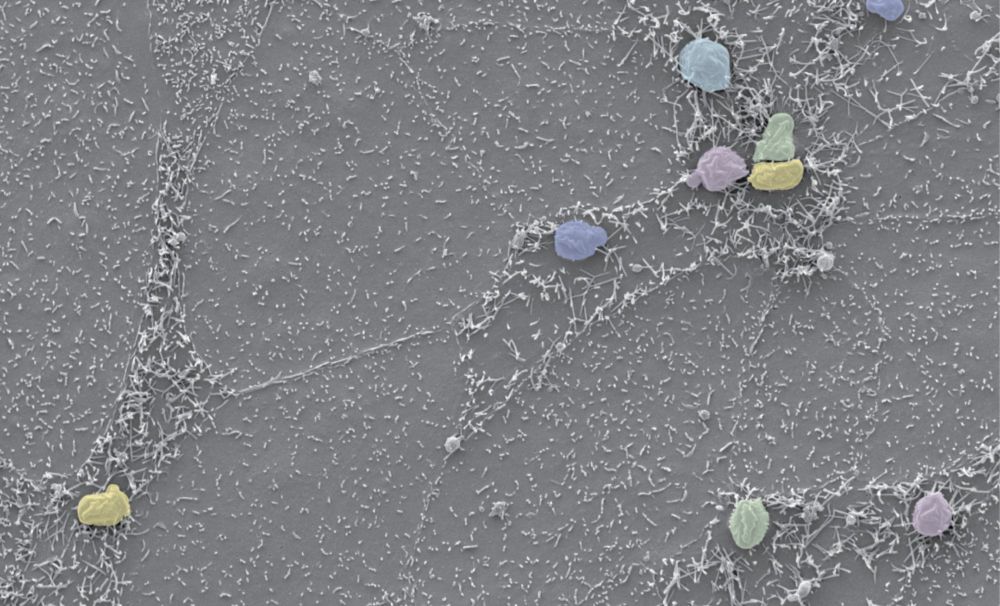
www.crick.ac.uk/news/2025-04...
family of resources. The previous version of OrthoMCL-6.21 is still available as a Legacy site.

family of resources. The previous version of OrthoMCL-6.21 is still available as a Legacy site.
🧵 1/11

We’ve uncovered a key player in malaria parasite cell division—meet PfAnchor, the first apicoplast-specific dynamin adaptor protein! Check the thread below 🧵for more details. #U_ExM #Malaria #Apicoplast
www.biorxiv.org/content/10.1...

We’ve uncovered a key player in malaria parasite cell division—meet PfAnchor, the first apicoplast-specific dynamin adaptor protein! Check the thread below 🧵for more details. #U_ExM #Malaria #Apicoplast
www.biorxiv.org/content/10.1...
A little thread below about this interesting study that was born out of a seminar 🧵
@sabsalon.bsky.social @jvr-lab.bsky.social
www.biorxiv.org/content/10.1...
A little thread below about this interesting study that was born out of a seminar 🧵
@sabsalon.bsky.social @jvr-lab.bsky.social
www.biorxiv.org/content/10.1...
We have a 3yr Research Assistant role working on parasites with fascinating biology
If you have experience working with mouse models, parasites, or are excited by the challenge of working on a new organism, I'd encourage you to apply!
careers.adelaide.edu.au/cw/en/job/51...

We have a 3yr Research Assistant role working on parasites with fascinating biology
If you have experience working with mouse models, parasites, or are excited by the challenge of working on a new organism, I'd encourage you to apply!
careers.adelaide.edu.au/cw/en/job/51...
Registrations are open til May 23rd.
LINK: www.epfl-latsis-2025.org

Registrations are open til May 23rd.
LINK: www.epfl-latsis-2025.org
Thank you for including our lab's contribution in your remarkable piece about what I believe is the most revolutionary method for studying tiny, fascinating apicomplexans. @benliffner.bsky.social @jvr-lab.bsky.social

Thank you for including our lab's contribution in your remarkable piece about what I believe is the most revolutionary method for studying tiny, fascinating apicomplexans. @benliffner.bsky.social @jvr-lab.bsky.social
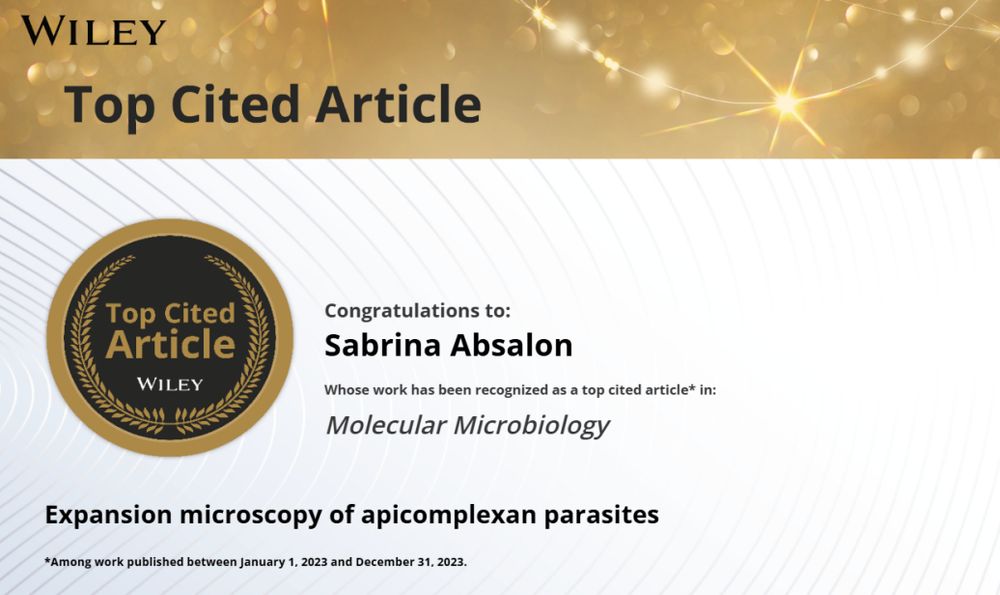
Also @dvorinlab.bsky.social, @ebertiaux.bsky.social, Brochet Lab, & @centriolelab.bsky.social for doing science that shows off why parasites are cool!
journals.asm.org/doi/10.1128/...
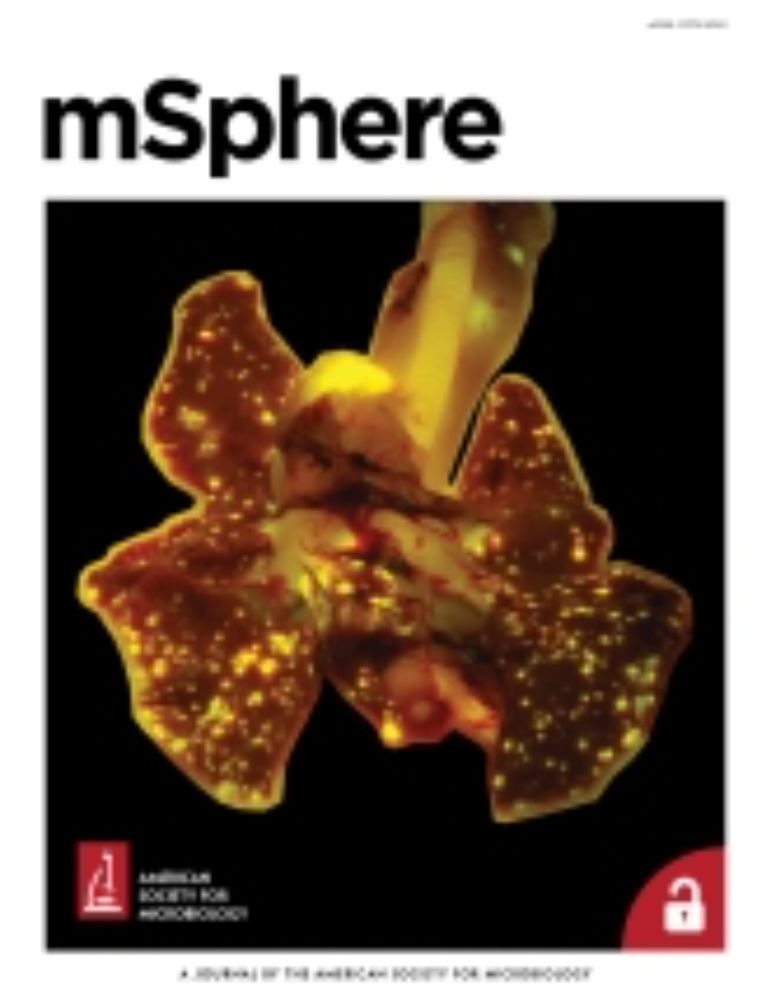
Also @dvorinlab.bsky.social, @ebertiaux.bsky.social, Brochet Lab, & @centriolelab.bsky.social for doing science that shows off why parasites are cool!
journals.asm.org/doi/10.1128/...
exported virulence factor!! Phenomenal work from the newly DR’ed Elena Rodrigues
www.biorxiv.org/content/10.1...

exported virulence factor!! Phenomenal work from the newly DR’ed Elena Rodrigues
www.biorxiv.org/content/10.1...
Been a wonderful experience to see you grow as a scientist over the years and excited to see what's next 🎉
@sabsalon.bsky.social

Been a wonderful experience to see you grow as a scientist over the years and excited to see what's next 🎉
@sabsalon.bsky.social


Cheers to @theviin.bsky.social for the ECR award that allowed me to attend this meeting #LorneIandI
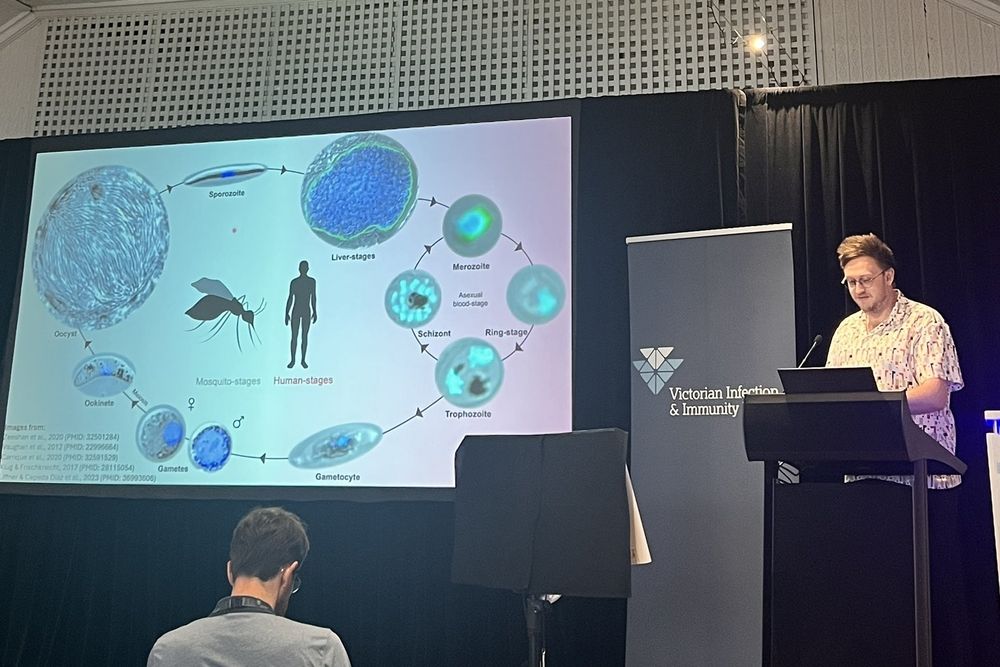
Cheers to @theviin.bsky.social for the ECR award that allowed me to attend this meeting #LorneIandI



Cheers to everybody for supporting me doing weird and wonderful light microscopy experiments on parasites over the years!

Cheers to everybody for supporting me doing weird and wonderful light microscopy experiments on parasites over the years!
www.nature.com/articles/s42...
Thanks for the support and congratulations to the team: Jeffrey Dvorin, @bladerlab.bsky.social, Gustavo Baptista and Chris West

www.nature.com/articles/s42...
Thanks for the support and congratulations to the team: Jeffrey Dvorin, @bladerlab.bsky.social, Gustavo Baptista and Chris West

